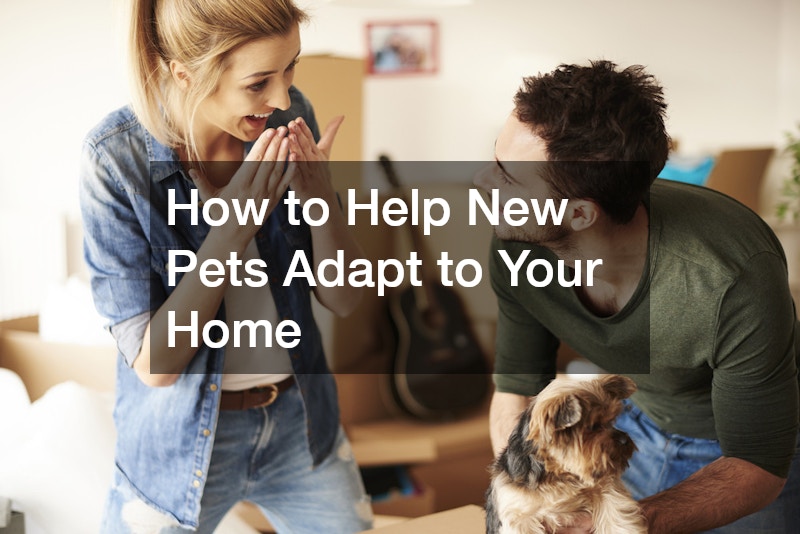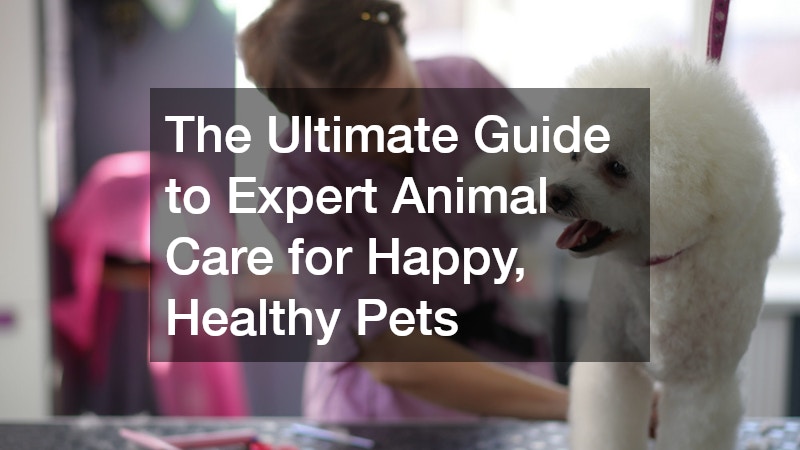When considering the best environment for your furry friend, many pet owners explore the use of indoor dog kennels as a secure and comfortable solution. Dog kennels offer a way to manage your pet’s routine and safety within your home without compromising their comfort or wellbeing.
Understanding the Purpose of Indoor Dog Kennels
Indoor dog kennels are more than just a place to contain your pet. They serve as a personal retreat, giving your dog a space of their own to rest and feel secure.
Much like humans enjoy the privacy of a bedroom, dogs can benefit from a designated area where they can relax without being disturbed.
Kennels are also useful when house training puppies, limiting destructive behaviour or establishing boundaries within the home. By associating the kennel with calm and positive experiences, dogs learn that it’s not a punishment but a part of their everyday routine. A well-designed indoor kennel meets your dog’s physical and emotional needs while giving you peace of mind.
Choosing the Right Kennel for Your Dog’s Size and Breed
Safety begins with selecting the correct size. A kennel should be large enough for your dog to stand up, turn around and lie down comfortably. If the kennel is too small, your dog may feel cramped or anxious. If it’s too large, it might not provide the sense of security they instinctively crave.
Different breeds also have different needs. A small terrier may enjoy a cosy crate with a soft blanket while a larger working breed might prefer a sturdier metal frame with added ventilation. Ensure the kennel’s materials are non-toxic, smooth-edged and easy to clean to avoid injury or hygiene issues.
The Role of Training in Safe Kennel Use
Even the best dog kennels can cause stress if a pet is not properly introduced to them. Successful kennel use depends on gradual and positive training. Encouraging your dog to enter the kennel with treats or toys, and keeping the door open at first, helps them build confidence and form positive associations.
Never use a kennel as punishment. Doing so can lead to fear or aggression. Instead, use it as a place for your dog to unwind or sleep. Most dogs, once properly acclimated, will choose to rest in their kennel even when the door is open. This indicates that the kennel is viewed as a safe and comfortable space, which is the ultimate goal.
Common Concerns and How to Address Them
Pet owners often worry that kennels might restrict freedom or cause anxiety. However, when used correctly, indoor dog kennels can reduce stress by providing routine and a clear sense of space. Dogs are den animals by nature and often feel most secure in small, enclosed areas.
Another concern is the risk of injury. To avoid this, ensure the kennel does not have sharp edges or loose wires. Bedding should be soft but not easily shredded or swallowed. Always supervise your dog the first few times they use the kennel to observe any signs of distress or escape attempts.
Kennels should also never replace human interaction or regular exercise. A dog left in a kennel all day without stimulation may develop behavioural problems. Daily walks, playtime and affection remain essential for their health and happiness.
Creating a Comfortable Environment Inside the Kennel
Making your dog’s kennel inviting is a key part of ensuring its safe and effective use. Use soft bedding that suits the climate—cool mats in summer and warm blankets in winter. Placing a familiar toy or an item of clothing with your scent inside can further comfort your pet.
The kennel should be located in a quiet corner of the home where your dog can rest without being startled by loud noises or heavy foot traffic. However, it should still be close enough to the family to avoid feelings of isolation. Balance is key—your dog should feel both secure and included.
Final Thoughts on Kennel Safety
Indoor dog kennels, when used thoughtfully, are a practical and safe solution for many households. They can help reinforce positive behaviour, offer your pet a private retreat and give you greater control over your dog’s environment. The key lies in choosing the right kennel, training your dog properly and maintaining a routine that supports their wellbeing.
By viewing dog kennels as a tool for comfort rather than confinement, pet owners can provide a safe and stable space for their dogs to thrive. When introduced with care and respect, a kennel can become a favourite place for your pet to rest, feel secure and enjoy their little haven within your home.





